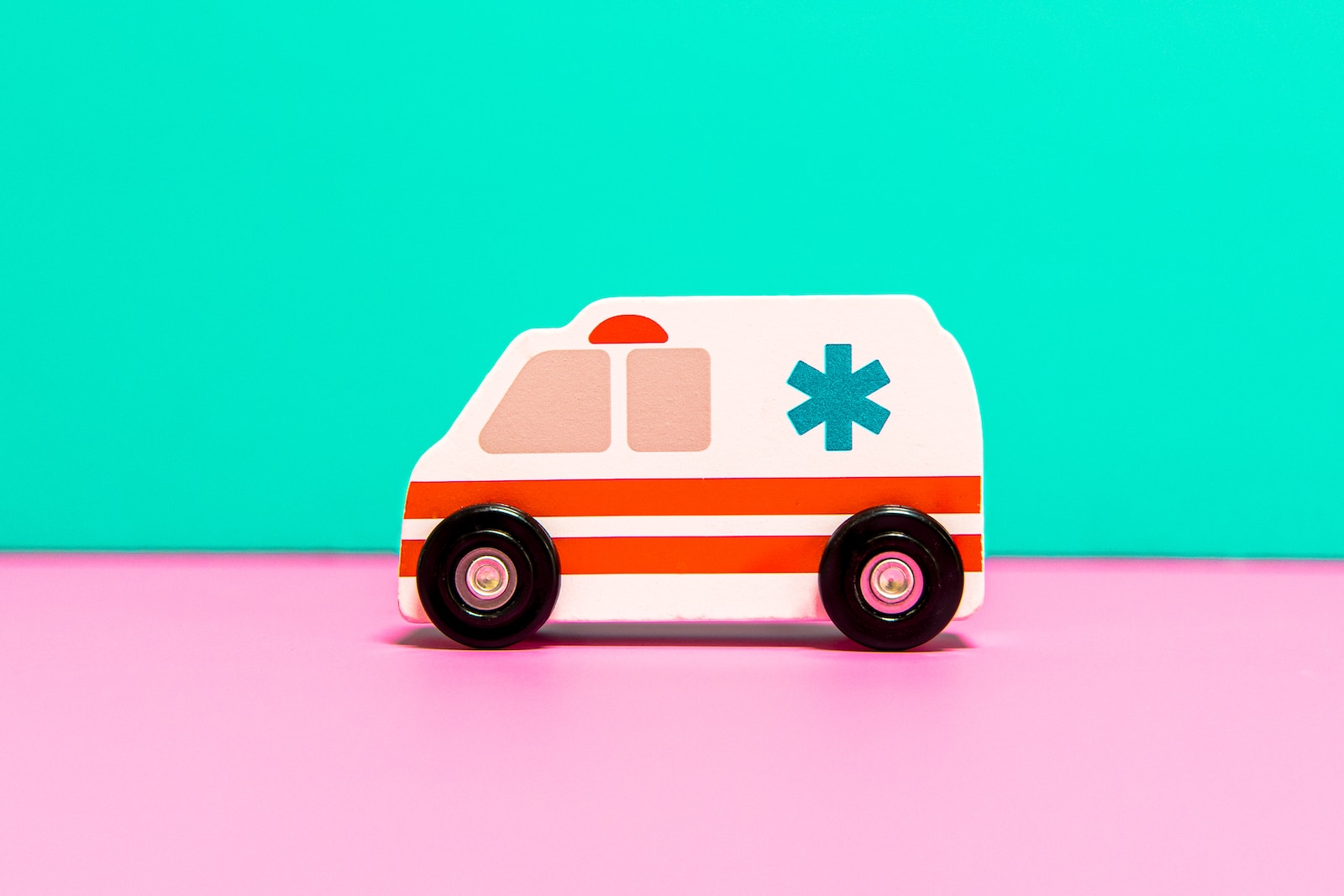National survey highlights decline in people’s experience of urgent and emergency care
A survey of more than 36,000 people who used NHS emergency care services in September 2022 had worse experiences in previous years – especially in A&E.
The survey, carried out by health and care regulator the Care Quality Commission (CQC), reveals the responses from patients who attended either a major consultant-led A&E department (Type 1) or an urgent treatment centre or minor injury unit (Type 3) run directly by one of 122 acute hospital trusts in England during September 2022.
Although people surveyed remained broadly positive about their interactions with staff, this year’s results show a decline in positivity for every question asked where a historical comparison is available.
80% of people surveyed who had visited a Type 3 department said they ‘definitely’ had enough time to discuss their condition with the healthcare professionals treating them (down from 85% in 2020), and a large number (84%) of those who used a Type 3 service said that staff ‘definitely’ listened to what they had to say (no significant change compared to previous years).
For respondents who had attended a Type 1 department in 2022, 73% felt doctors and nurses ‘definitely’ listened to them, compared with 79% in 2020. And over two thirds (71%) said they ‘definitely’ had confidence and trust in staff – which is still high, but a lot lower than the 77% who said this in 2020.
Responses to questions about other aspects of care including fundamental issues like waiting times, availability of staff, pain management and information provided at discharge showed an even more marked decline.
The number of Type 1 patients who reported waiting more than an hour to first speak to a doctor or nurse increased to 32% in 2022 (compared with 15% in 2020 and 19% in 2018). And in 2022, the proportion who said they waited more than four hours to be examined in a Type 1 service more than trebled to 17% – up from 4% in 2020 and 5% in 2018. Over half of patients (56%) who said that they needed help with their condition or symptoms while they were waiting to be treated in A&E said they were not able to get that help from staff (up from 45% in 2020).
In Type 3 services, 10% of people with an appointment said they waited more than two hours to first speak with a health professional (compared with 3% in 2020 and 4% 2018), and 15% of those with an appointment said they waited more than two hours to be examined (up from 5% in 2020 and 3% in 2018).
Pain management was another area of care highlighted as an increased concern. 51% of Type 1 respondents and 58% of Type 3 respondents felt that staff ‘definitely’ did everything they could to help control their pain. This compared with 60% and 63% for Type 1 and Type 3 services respectively in 2020.
People surveyed who had attended A&E were more likely to report a negative experience of care if they identified as frail, if they were disabled, if their visit lasted longer than four hours or if they had been to the same A&E for the same condition within the previous week.
Dr Sean O’Kelly, CQC’s chief inspector of healthcare, said: ‘These latest survey responses demonstrate how escalating demand for urgent and emergency care is both impacting on patients’ experience and increasing staff pressures to unsustainable levels. Staff are working extremely hard amidst challenging circumstances. We see that reflected in these results, but also during our inspections and monitoring of services and in the discussions with clinicians in CQC’s emergency medicine specialist advisor forum.
‘The last urgent and emergency survey was carried out shortly before the second peak of the pandemic when A&E and Type 3 attendances were significantly lower than pre Covid levels – so the decline in positive feedback compared to then must be seen in that context. But it remains extremely concerning that for some people care is falling short, and we cannot afford to ignore the long term decline shown in relation to issues like waiting times, information provided when people leave to go home, access to pain relief and emotional support.’
CQC will continue to use the findings as part of its wider monitoring of the quality of hospital services and to plan and target its inspections.
Image: JOSHUA COLEMAN
















